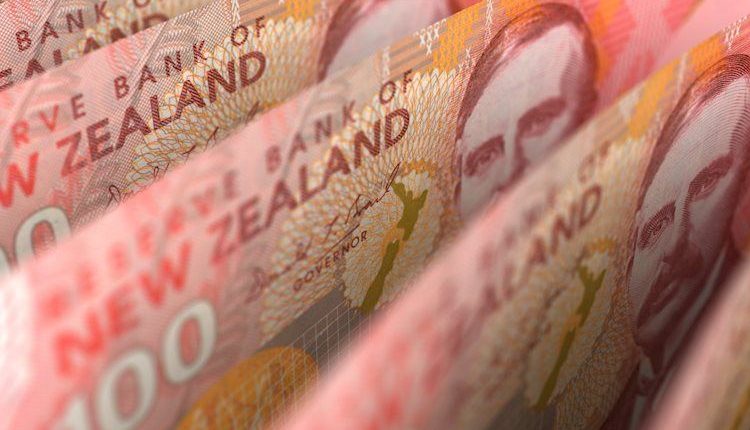- NZD/USD attracts some sellers to near 0.5880 in Tuesday’s Asian session.
- US ISM Manufacturing PMI climbed to 48.4 in November vs. 47.5 expected.
- Trump’s tariff threats continue to undermine the Kiwi.
The NZD/USD pair loses traction to around 0.5880 on Tuesday during the Asian trading hours. The New Zealand Dollar (NZD) weakens amid the US President-elect Donald Trump’s threats of further tariffs. Investors await the US JOLTs Job Openings for October, which are due later on Tuesday, along with the speeches from the Federal Reserve’s (Fed) Adriana Kugler and Austan Goolsbee.
Federal Reserve officials on Monday emphasized the need to continue lowering interest rates over the next year, but they did not commit to making the next rate cut later this month. Fed Governor Christopher Waller said he’s inclined to vote to lower borrowing costs when Fed members meet on December 17-18 but noted that data released before then might support the case for keeping rates unchanged.
The Institute for Supply Management (ISM) showed on Monday that US manufacturing improved more than expected in November but continued to indicate a contraction. The US ISM Manufacturing PMI rose to 48.4 in November versus 46.5 in October, beating the 47.5 expected.
The Bureau of Labor Statistics will release the Nonfarm Payrolls (NFP) report on Friday, which might offer some hints about the labor market condition and the US interest rate outlook. The US economy is expected to see 195K jobs added in November.
On the Kiwi front, Trump has proposed a 25% tariff on all products from Mexico and Canada and an additional 10% tariff on goods from China. The tariffs could lead to a global trade war and might weigh on the NZD, as China is a major trading partner of New Zealand.
New Zealand Dollar FAQs
The New Zealand Dollar (NZD), also known as the Kiwi, is a well-known traded currency among investors. Its value is broadly determined by the health of the New Zealand economy and the country’s central bank policy. Still, there are some unique particularities that also can make NZD move. The performance of the Chinese economy tends to move the Kiwi because China is New Zealand’s biggest trading partner. Bad news for the Chinese economy likely means less New Zealand exports to the country, hitting the economy and thus its currency. Another factor moving NZD is dairy prices as the dairy industry is New Zealand’s main export. High dairy prices boost export income, contributing positively to the economy and thus to the NZD.
The Reserve Bank of New Zealand (RBNZ) aims to achieve and maintain an inflation rate between 1% and 3% over the medium term, with a focus to keep it near the 2% mid-point. To this end, the bank sets an appropriate level of interest rates. When inflation is too high, the RBNZ will increase interest rates to cool the economy, but the move will also make bond yields higher, increasing investors’ appeal to invest in the country and thus boosting NZD. On the contrary, lower interest rates tend to weaken NZD. The so-called rate differential, or how rates in New Zealand are or are expected to be compared to the ones set by the US Federal Reserve, can also play a key role in moving the NZD/USD pair.
Macroeconomic data releases in New Zealand are key to assess the state of the economy and can impact the New Zealand Dollar’s (NZD) valuation. A strong economy, based on high economic growth, low unemployment and high confidence is good for NZD. High economic growth attracts foreign investment and may encourage the Reserve Bank of New Zealand to increase interest rates, if this economic strength comes together with elevated inflation. Conversely, if economic data is weak, NZD is likely to depreciate.
The New Zealand Dollar (NZD) tends to strengthen during risk-on periods, or when investors perceive that broader market risks are low and are optimistic about growth. This tends to lead to a more favorable outlook for commodities and so-called ‘commodity currencies’ such as the Kiwi. Conversely, NZD tends to weaken at times of market turbulence or economic uncertainty as investors tend to sell higher-risk assets and flee to the more-stable safe havens.
Read the full article here

